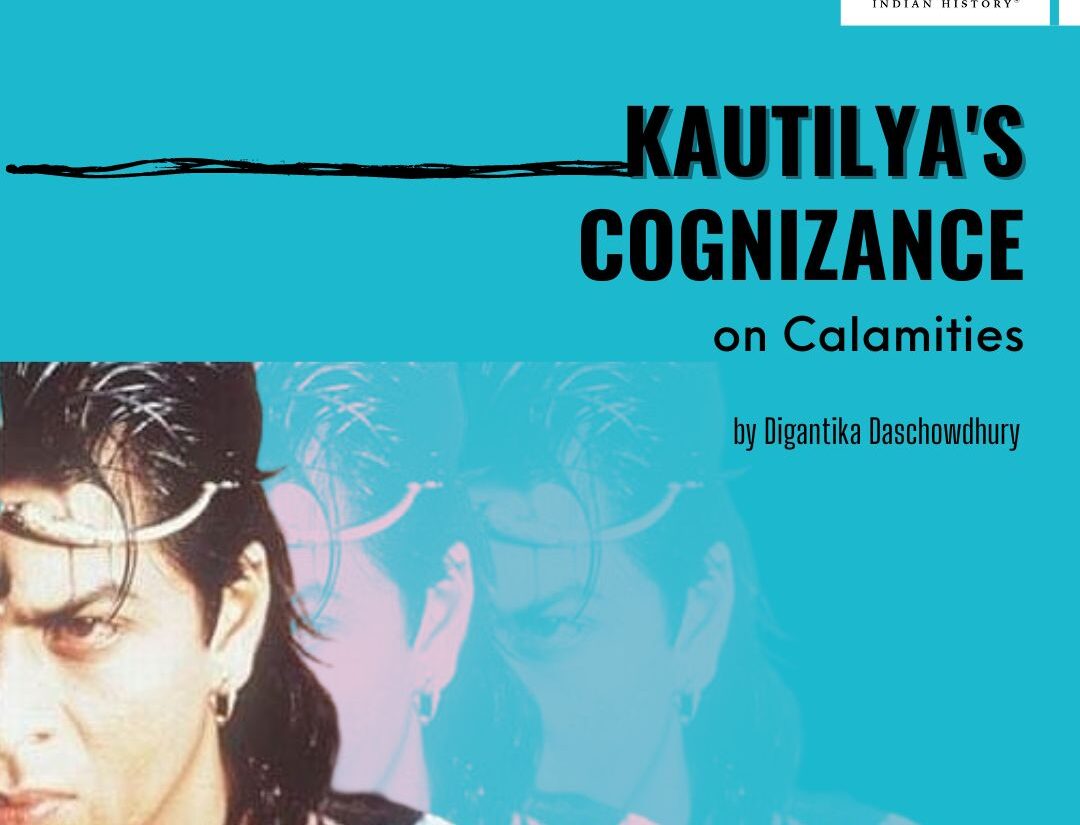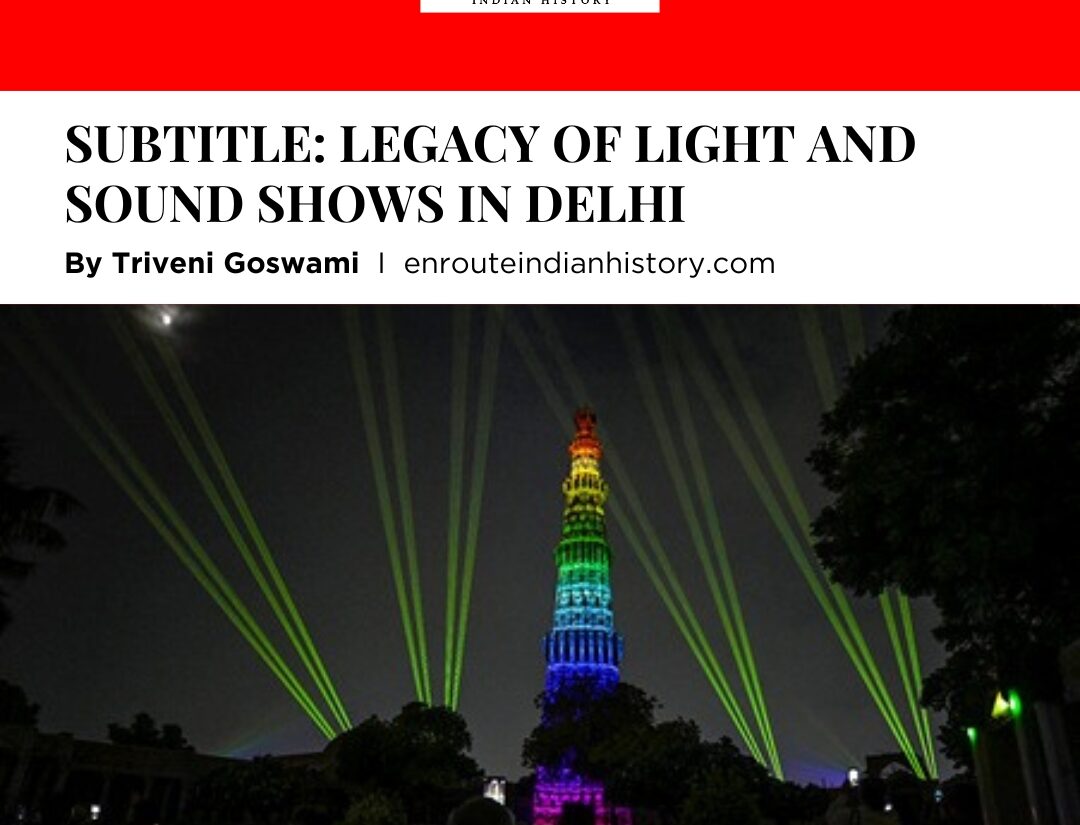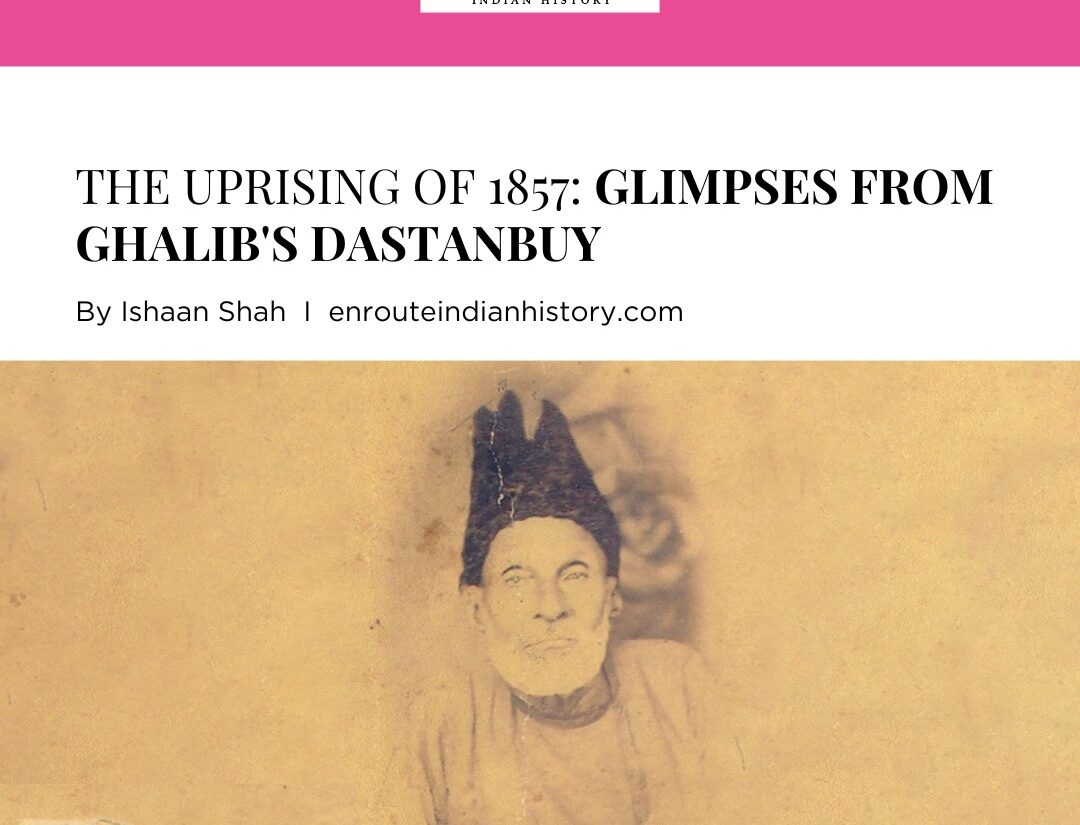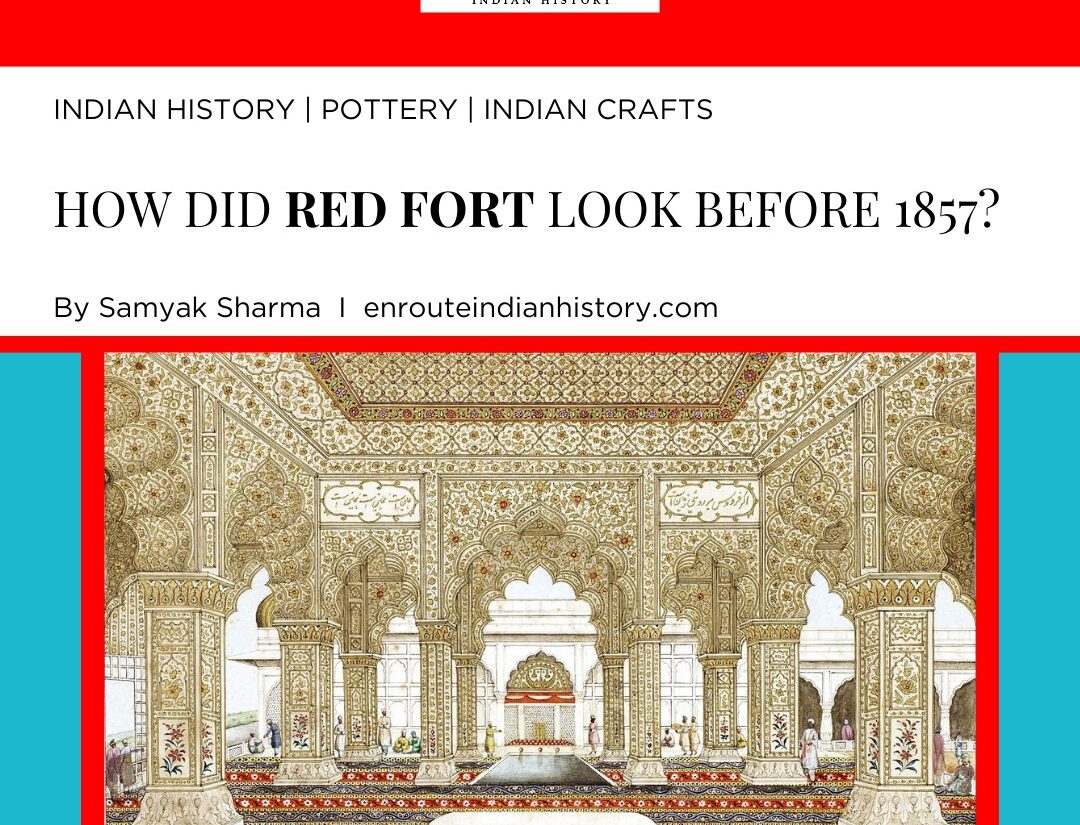
In the realm of art, certain masterpieces transcend time, encapsulating history and culture with strokes of brilliance. Ghulam Ali, a renowned artist, embarked on an extraordinary journey to capture the essence of one of India’s most iconic monuments – the Red Fort in Delhi. This article delves into the captivating story behind Ghulam Ali’s artistic endeavor, exploring the significance of the Red Fort and the artist’s unique approach to immortalizing its grandeur on canvas. The Red Fort, a UNESCO World Heritage Site, stands as a testament to India’s rich cultural and architectural heritage. Built by the Mughal Emperor Shah Jahan in the 17th century, it served as the main residence of the emperors for centuries. The fort’s imposing red sandstone walls and intricate design make it a symbolic representation of India’s glorious past. As Ghulam Ali embarked on his artistic journey, it was crucial to understand the historical importance of the Red Fort. From being the seat of Mughal power to witnessing pivotal events like India’s first Independence Day celebration in 1947, the fort has been a silent witness to the changing tides of history.
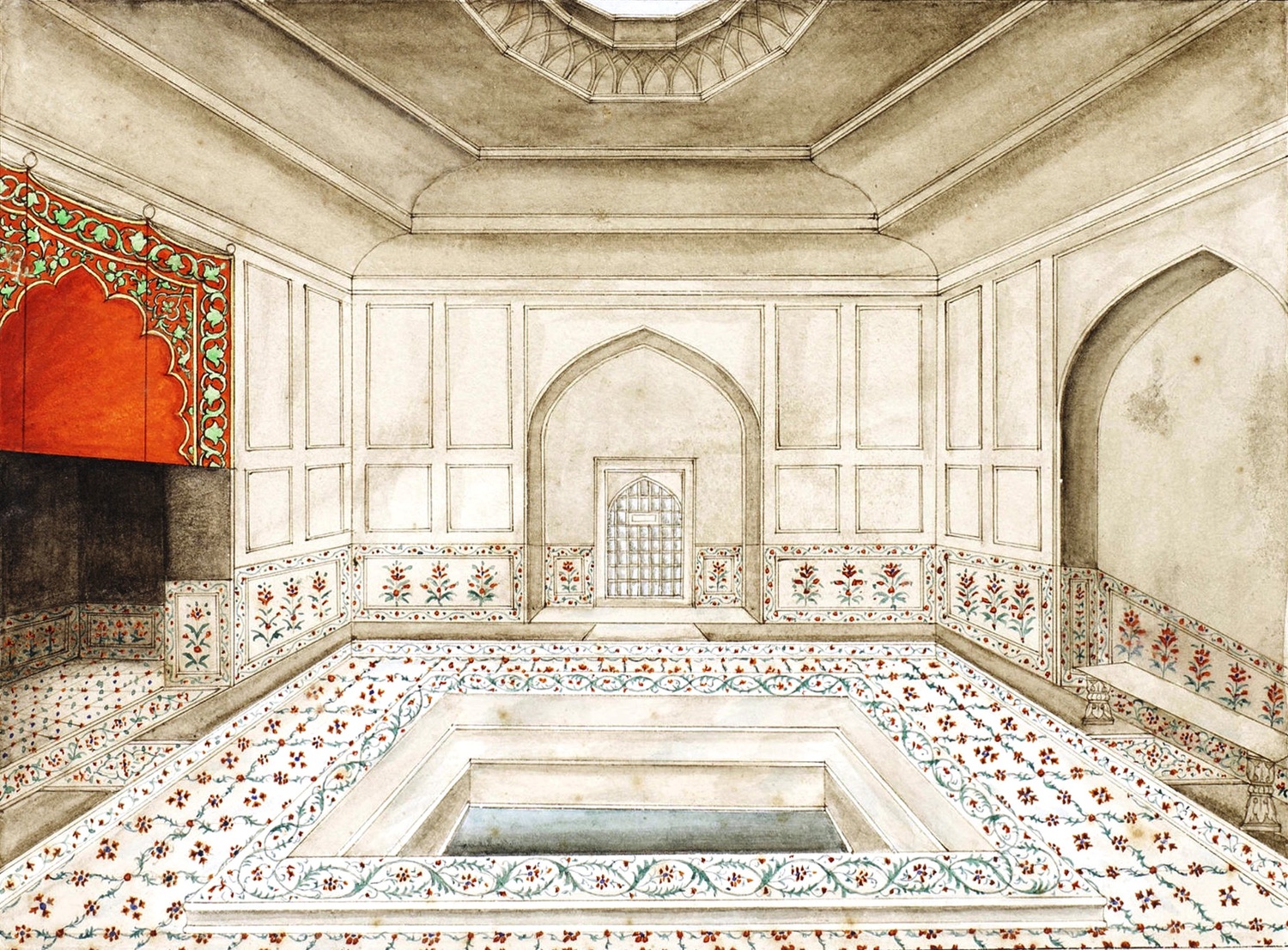
Ghulam Ali Khan: A Symphony of Colors and Emotions in Art
Ghulam Ali Khan, a luminary in the world of art, emerges from a lineage deeply rooted in creativity. Born into a family with an illustrious artistic legacy, Ghulam Ali not only inherited technical prowess but also cultivated an innate passion for painting. His artistic journey is a seamless fusion of tradition and modernity, where tales of history and emotion are delicately woven onto his canvases. Growing up in a family of artists, Ghulam Ali Khan was surrounded by an environment where creativity wasn’t just a skill but a way of life. The family’s artistic legacy was fertile ground for his early exploration of various mediums and techniques. The rich tapestry of Indian art, with its vibrant colors and intricate detailing, left an indelible mark on his impressionable mind, laying the foundation for his artistic odyssey. As Ghulam Ali matured as an artist, he displayed a remarkable ability to blend traditional techniques with a contemporary perspective. His work resonates with a seamless fusion of classical Indian artistry and modern sensibilities, creating a visual language that speaks to audiences across generations. This unique ability to bridge the gap between the old and the new positions Ghulam Ali as a trailblazer in the ever-evolving landscape of Indian art.
The Red Fort Series: An Ode to History and Emotion

Source: Wikipedia
A pivotal chapter in Ghulam Ali Khan’s artistic journey unfurls as he immerses himself in the exploration of the Red Fort in Delhi. This majestic emblem of India’s historical grandeur becomes the nucleus of a series of paintings that transcend the mere visual representation of architecture, evolving into iconic representations of the artist’s mastery. The Red Fort series becomes a profound exploration of historical significance and emotional resonance, capturing the very essence of India’s rich cultural heritage. Ghulam Ali’s distinctive approach to the Red Fort series lies in the meticulous attention to detail and the profound emotional depth infused into each brushstroke. The architectural intricacies of the Red Fort, with its red sandstone walls, come alive on canvas under the artist’s skillful hand. Every stroke captures the play of light on the textured surface, bringing out the nuances of the fort’s design with a precision that goes beyond mere replication. Beyond the physical structure, Ghulam Ali delves into the emotions embedded within the walls of the Red Fort. Each brushstroke carries the echoes of royal footsteps, reverberating through the courtyards and halls. The laughter of bygone eras finds expression on the canvas, evoking a sense of the vibrant life that once filled the historical monument. The whispers of historical events, from grand celebrations to pivotal moments, become palpable through Ghulam Ali’s evocative portrayal. Ghulam Ali Khan’s palette is a vibrant symphony of colors that reflects the diversity of India’s cultural heritage. His use of bold and vivid hues breathes life into his subjects, creating a visual feast for the eyes. The Red Fort, with its rich history and architectural brilliance, serves as a perfect muse for Ghulam Ali’s exploration of colors, each shade narrating a different facet of the monument’s storied past. Ghulam Ali Khan’s body of work is a celebration of India’s cultural heritage. From bustling marketplaces to tranquil landscapes, his paintings serve as windows into the myriad facets of the country’s diverse identity. The artist’s ability to capture the spirit of India – its festivals, traditions, and daily life – resonates deeply with those who view his works. His approach to the Red Fort project went beyond replicating architectural details; it aimed to capture the emotions embedded in its walls. Each brushstroke became a narrative, conveying the stories of emperors, the laughter of children in courtyards, and the whispers of historical events.
Ghulam Ali’s Artistic Brilliance: Diwan-i-Khas

Nestled within Delhi’s historic Red Fort, the Diwan-i-Khas stands as a testament to India’s grandeur. Artist Ghulam Ali Khan, renowned for infusing life into historical monuments, turns his gaze towards this architectural masterpiece. Constructed during Shah Jahan’s reign, the hall served as a sanctuary for private imperial deliberations, adorned with gemstones and intricate carvings. Ghulam Ali’s interpretation of the Diwan-i-Khas transports viewers to a timeless realm. His meticulous brushstrokes breathe life into architectural intricacies, paying tribute to the artisans’ craftsmanship. Beyond visual representation, the artist delves into the hall’s historical narrative, capturing the weight of imperial discourse through light and shadow. The palette Ghulam Ali employs mirrors Mughal opulence, with deep reds and golds intermingling with softer hues. This adept use of color not only reflects the vibrancy of the era but infuses nostalgia, transporting viewers to a bygone time. Unfolding the narrative on canvas, Ghulam Ali animates the Diwan-i-Khas with echoes of history. His play of light, rich color palette, and meticulous detailing serve as conduits, allowing viewers to feel the pulse of a bygone era. In his artistic rendering, the Diwan-i-Khas becomes a living canvas, connecting contemporary viewers to the grandeur and significance of this architectural marvel. Ghulam Ali Khan’s work is more than a visual spectacle; it’s a masterful exploration of historical storytelling, inviting us to witness and appreciate the profound cultural legacy encapsulated within the walls of the Diwani-Khas.
Connecting Threads of History: Zafar and the Uprising of 1857
To truly appreciate the depth of Ghulam Ali’s Red Fort series, one must delve into the historical tapestry of the monument itself. The Red Fort, constructed by the Mughal Emperor Shah Jahan, served as a seat of power for centuries. However, it also witnessed significant historical events, none more impactful than the Uprising of 1857. During this tumultuous period, Bahadur Shah II, also known as Zafar, found himself at the center of a rebellion against British colonial rule. Zafar, the last of the Mughal emperors, was a poet and an aesthete, and the Red Fort became a symbol of resistance during the uprising. The echoes of this pivotal moment in history reverberate through the fort’s walls, and Ghulam Ali’s paintings encapsulate these echoes in a visual form. As Ghulam Ali navigates the Red Fort with his brush, he not only captures its physical beauty but also immerses himself in the historical currents that shaped its narrative. The fort, once a testament to imperial grandeur, became a silent witness to the struggles and aspirations of a nation fighting for its sovereignty.

A Visual Symphony: Ghulam Ali’s Artistic Technique
Ghulam Ali’s artistic technique in the Red Fort series goes beyond a mere portrayal of historical events. His meticulous attention to architectural detail, the nuanced play of light, and the vibrant palette used to depict the Red Fort reflects a profound understanding of the intersection between art and history. The choice of colors becomes symbolic, each hue narrating a different chapter in the fort’s storied past. The artist’s ability to convey emotions through his brushstrokes elevates the Red Fort series to more than a collection of paintings; it becomes a visual symphony, resonating with the emotional and historical chords that bind the monument to India’s collective memory. The laughter and whispers, the celebrations and struggles – all find expression on the canvas, creating a timeless narrative that transcends the boundaries of time and space.
Legacy of Emotion and History: Ghulam Ali’s Impact
Ghulam Ali Khan’s Red Fort series has left an indelible mark on the art world, becoming a testament to the enduring power of artistic expression. The paintings, now iconic representations, have found their place in prestigious exhibitions, galleries, and private collections worldwide. Their universal appeal lies in their ability to transcend cultural boundaries, inviting viewers from diverse backgrounds to connect with the emotions and stories embedded within each stroke. As an artist, Ghulam Ali Khan’s legacy extends beyond the canvas. His work serves as an inspiration for future generations, emphasizing the importance of preserving cultural heritage while embracing contemporary expressions. The Red Fort series stands as a timeless testament to the symbiotic relationship between art and history, with Ghulam Ali’s brushstrokes capturing the very soul of India’s historical grandeur and the intricate emotions that echo through the walls of the Red Fort. Ghulam Ali Khan’s impact on the art world extends far and wide. His paintings have found a place in prestigious exhibitions, galleries, and private collections globally. The universal appeal of his work lies in its ability to transcend cultural boundaries, inviting viewers from different backgrounds to connect with the emotions and stories embedded in each painting.As an artist, Ghulam Ali Khan has not only created a body of work that stands as a testament to his skill but has also paved the way for future generations of artists. His ability to fuse tradition with modernity serves as an inspiration for those seeking to navigate the delicate balance between preserving cultural heritage and embracing contemporary expressions. Artistic endeavors are not without challenges, and Ghulam Ali faced them head-on during the Red Fort project. Changing light, weather conditions and the constant presence of tourists presented hurdles that tested his patience and skill. However, these challenges became opportunities for innovation, pushing Ghulam Ali to experiment with techniques and refine his approach. To immerse himself fully in the historical ambiance, Ghulam Ali sought guidance from the custodians of the Red Fort. Interactions with historians, archaeologists, and residents enriched his understanding of the fort’s history, influencing the narrative he sought to convey through his art.
Unveiling a Masterpiece
Months of dedication and meticulous work culminated in the completion of Ghulam Ali’s masterpiece. The Red Fort, as envisioned by the artist, came to life on canvas, each brushstroke narrating a story, each shade conveying the passage of time. The unveiling marked a triumph not only for Ghulam Ali but also for the fort itself, now immortalized in the realm of art. The public reception of Ghulam Ali’s Red Fort painting was nothing short of spectacular. Art enthusiasts, historians, and the general public marveled at the intricacy of detail and the emotional depth conveyed in the artwork. The painting found its place in exhibitions and galleries, symbolizing the harmonious blend of history and art.
A Visionary Legacy Continues
 Source: The Not So Innocents Abroad
Source: The Not So Innocents Abroad
In the intricate tapestry of artistry, Ghulam Ali Khan’s brushstrokes emerge as a seamless bridge that spans the realms of past and present, tradition and modernity. His exceptional talent lies in breathing life into historical monuments, skillfully capturing the essence of emotions and narratives, thereby emphasizing the enduring power of art. Ghulam Ali Khan’s legacy is not confined to the constraints of time or canvas; rather, it reverberates through the hearts of art enthusiasts and cultural connoisseurs alike. Amidst the vibrant heart of Delhi, Ghulam Ali embarked on an artistic endeavor that bestowed the Red Fort with a newfound dimension, transcending the rigid boundaries of mortar and stone. Through his masterful painting, Ghulam Ali not only paid homage to the architectural magnificence of the Red Fort but also immortalized the tales and emotions intricately woven into its historic walls. The Red Fort, now adorned with the skilled strokes of Ghulam Ali, has transformed beyond a mere historical monument; it stands as a living testament to the enduring interplay between art and history. Ghulam Ali Khan’s journey as a painter serves as a poignant testament to the transformative potential of art. His remarkable ability to infuse historical monuments with life, employing a rich palette of emotions and colors, underscores a profound connection to India’s cultural tapestry. As his captivating paintings continue to captivate audiences globally, Ghulam Ali Khan solidifies his standing as a visionary artist, leaving a legacy that transcends both time and canvas, echoing resoundingly in the hearts of art enthusiasts and cultural aficionados.
References:
- Diwan-i-Khas, Red Fort, New Delhi. (2013, April 21). https://pixels-memories.blogspot.com/2013/04/diwan-i-khas-red-fort-new-delhi.html
- Ghulam Ali Khan. (n.d.). Inspicanvas. https://www.inspicanvas.com/collections/ghulam-ali-khan
- MAP Academy. (2023, December 8). Ghulam Ali Khan – MAP Academy. https://mapacademy.io/article/ghulam-ali-khan/
- Shah, V. a. P. B. J. (2013, December 13). The Red Fort X – Architecture – Diwan-i-Khas. The Creativity Engine. https://thecreativityengine.wordpress.com/2013/12/13/the-red-fort-x/
- Stainer, H. (2020, February 7). Ghulam Ali Khan – Hazel Stainer. Hazel Stainer. https://hazelstainer.wordpress.com/tag/ghulam-ali-khan/
- The Asia Society – Princes and Painters Exhibit. (n.d.). The Asia Society – Princes and Painters Exhibit. http://sites.asiasociety.org/princesandpainters/the-last-atelier-gulam-ali-khan/
- Thedancingdarwesh. (2015, January 26). The Fading of Mughal Painting: Ghulam Ali Khan. Darwesh. https://darweshdiaries.wordpress.com/2015/01/26/the-fading-of-mughal-painting-ghulam-ali-khan/
- Wikiwand – Ghulam Ali Khan. (n.d.). Wikiwand. https://www.wikiwand.com/en/Ghulam_Ali_Khan
- August 8, 2024
- 8 Min Read

